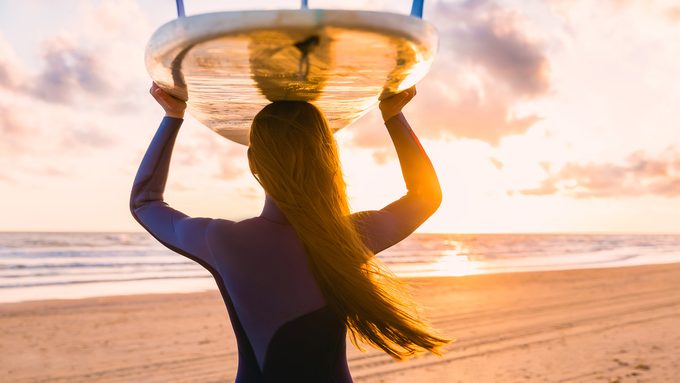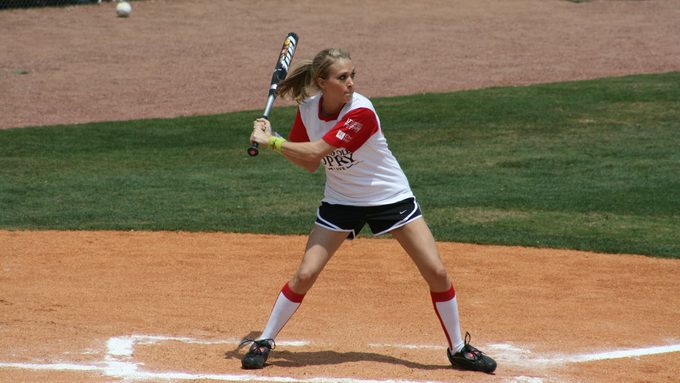Why Are Women At High Risk For Sport Injuries?
Despite all the amazing things our bodies can do, as women we are at higher risk for injuries. Find out why and what you can do about it.

Riding the waves off the shores of Tofino on Vancouver Island had always been a fantasy of mine. And for a while – well, maybe for a few moments – I realized that dream. Moving with the strength of the current, against the backdrop of blue water and sky, I actually stood up on the board and felt myself gliding forward.
That was until I fell.
My body turned in the water and, pop, my anterior cruciate ligament (ACL), the central of four ligaments in my knee, snapped. I tore another ligament and my meniscus at the same time.
It was the first big physical injury I’d sustained, which is pretty good for a 51-year-old. But spending weeks on crutches, followed by limited mobility, put me into a funk.
I’ve certainly learned some lessons along the way about injuries, about coping when your body fails you and about figuring how to strengthen body parts that do work when others let you down.
Why are we at risk for injuries?
As we age, we become more prone to injuries and these injuries can take longer to heal. After menopause, our estrogen drops, our bones become stiffer and more brittle and our muscle bulk and strength decline slowly. Our total body water decreases, and the collagen in our tendons and ligaments loses elasticity. Our metabolic rate also slows down, which can often lead to weight gain and put more pressure on our joints.
Fortunately, there’s plenty we can do to help prevent injury, or work through an injury if it does arise. But learning how to manage injuries isn’t just about learning to cope with physical complaints. “Injury starts out as a biological event but very quickly becomes a cognitive and emotional experience as we appraise and interpret the event,” says Jill Tracey, an associate professor of kinesiology at Wilfrid Laurier University in Waterloo.
Whether we injure a knee, ankle or shoulder, the ramifications can be the same. We may find ourselves isolated and unable to do things we once enjoyed. We may feel less invincible or simply “old,” like our bodies are failing us. And it can make us depressed: I rely on exercise as a mood stabilizer, so being forced to withdraw cold turkey from endorphin highs brought me, well, very low.

How to deal our risk for injuries
Women are at higher risk for injuries, because we are more active now than ever before. And there is more research on ways to cope with aging. We’ve developed better diagnostic tests, surgical and rehabilitation techniques and training over the past 15 to 20 years, says Tracey.
“We live in an age of replaceable parts,” says Tracey.
But this has mixed blessings: Artificial joints can last for approximately 20 years in people with sedentary lifestyles, but it’s unclear how long they will last in people who return to more active lifestyles, and do activities like tennis, running and downhill skiing, says Dr. Christine Walton, an orthopedic surgeon based in the Toronto area.
When we do get hurt, sometimes family doctors don’t have time to give us the attention we need. It’s hard to get in to see a specialist. And physiotherapy and other forms of health care can be very expensive. Unfortunately, there are no quick fixes. “Instead, people need to take more ownership over their own bodies,” says Dr. Walton. That means advocating for yourself in the doctor’s office and taking care of ourselves off the field.




